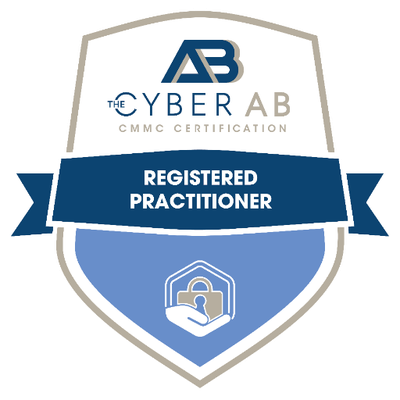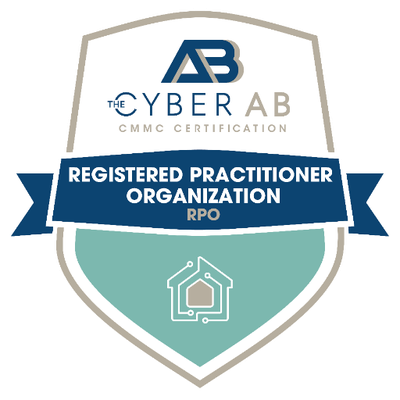The Situation of Our Client
A US-based financial consulting firm specializing in executive benefits and compliance solutions struggled with their third-party risk management effectively while maintaining SOC 2 Type II compliance. The firm had previously used a vendor questionnaire written by an attorney to assess third-party compliance, but many vendors didn’t understand the legal language, leading to poor response rates and non-compliance issues. This became a major challenge, as the firm relied on these vendors to ensure the security of its data. A breach involving a vendor posed significant financial and reputational risks, potentially exposing millions of sensitive records, leading to a costly response, and even the loss of Fortune 100 clients.
A recent example within the financial sector involved a third-party vendor’s vulnerability, where sensitive data of millions of clients was exposed, resulting in massive financial losses. This particular breach was a striking reminder of the firm’s own vulnerabilities. The firm knew that a similar incident could cost them millions, with average breach costs in the financial sector reaching $6.08 million in 2024.
What Did Omnistruct Do to Solve These Challenges
- Vendor Confusion and Compliance: Vendors didn’t understand the compliance requirements, making it difficult for the firm to gather the necessary information to assess third-party risk.
- Cost of Manual Follow-Ups: The firm needed to spend more time on manual follow-ups, vetting vendors, and finding replacements, which strained internal resources.
- Severe Data Breach Risks: A breach related to a third-party vendor’s vulnerability—similar to a recent breach in the financial sector involving a vendor vulnerability—could have devastating consequences. If the firm experiences such an incident, it could lead to significant financial losses, customer compensation, regulatory fines, and the potential loss of major clients.
Solutions Implemented:
- Simplified Vendor Management: Omnistruct took over the third-party risk management (TPRM) process, simplifying vendor outreach, compliance assessments, and follow-ups through a fully managed GRC platform. This reduced the manual effort needed to communicate with vendors.
- Hands-On Support: Omnistruct provided direct support to vendors, explaining the compliance requirements in plain terms. This hands-on approach increased vendor understanding and improved response rates significantly.
- Decision-Making Framework: Omnistruct worked with the firm to create a decision tree that categorized vendors based on risk, allowing the firm to decide which vendors to retain and which to replace.
The Results We Achieved:
- Time and Cost Savings: Omnistruct’s hands-on management of vendor compliance saved the firm over 150 FTE hours that would have been spent on vendor follow-ups and replacements. Based on the average salary of security and compliance analysts, this equated to significant internal cost savings.
- Risk Mitigation: The proactive vendor risk management approach helped the firm avoid potential data breach costs, which could have exceeded $6 million, in line with the financial industry’s average breach costs in 2024. This also prevented regulatory fines and client loss.
- Compliance with SOC 2 Type II: Omnistruct ensured the firm remained fully compliant with SOC 2 Type II standards for vendor risk management, solidifying its reputation with enterprise clients.
Omnistruct’s tailored approach to vendor risk management saved the financial consulting firm significant internal resources and helped avoid millions in potential data breach costs. By simplifying vendor communications, enhancing compliance efforts, and providing ongoing support through a GRC platform, the firm achieved SOC 2 Type II compliance support of its vendor management, protecting itself from vendor-related risks, and maintaining its competitive edge in the financial sector. This proactive solution not only mitigated risk but also ensured the firm could focus on strategic priorities and retain Fortune 100 clients.




